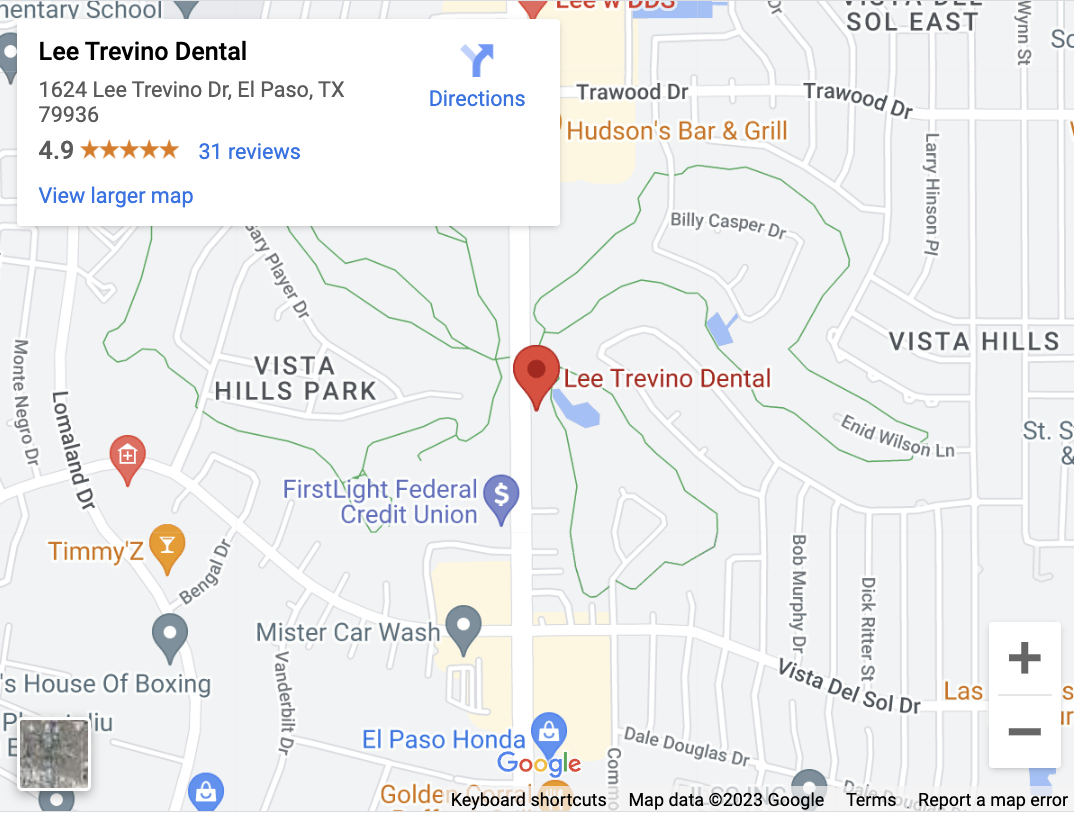A rite of passage. A horror story we all share. The well-known surgery, the swollen cheeks, the proceeding soup and jello eating for several days. For many young adults, the removal of these pesky teeth is simply standard operating procedure. For our ancestors, these large teeth were very valuable assets. In the modern-day, we think of these as a nuisance, a headache, and sometimes a more serious oral health question. The wisdom teeth question gets asked millions of times every year by young people that are told they must subject themselves to a surgeon opening their gums and digging into their faces.
Our Ancestors and the Great History of the First Molars
Early humans had a very different diet than we do today. They would have never dreamed of the ease of access to food we have today. Going to a grocery store or waiting at the drive-thru while browning through an electronic device was lightyears away from the typical hunter-gatherer day of chasing game and sleeping in caves, cooking over a fire, and chewing raw meat and plants. That is not to mention the advent of things like spoons, forks, and knives which greatly facilitate the chewing of food. The jaws and jaw structures of our ancestors were far larger and these third molars had no problem fitting snugly. The jaws of the average human today is smaller than they were hundreds of years ago. Due to a lack of space, these molars, when present, tend to grow sideways or impact the other teeth around them.
There is another theory about these beloved chompers. Many scientists are now hypothesizing that it wasn’t just evolution itself but there were developmental factors that played a role. These included eating softer foods as babies and toddlers, which led to a decrease in jaw strength and size and eventually rid the need of having these at all. Processed and agricultural foods don’t require as much stress on the chewing game when people are babies and toddlers. So without working out those muscles, the jaw remains relatively small. The more society depends on processed foods, the more problems wisdom teeth might have. Some studies have found that soft diets led to mouth issues like misaligned teeth, smaller faces, and under-developed jaws in rats, squirrel monkeys, baboons, miniature pigs, and rock hyrax. One study done in India showed that impactions with wisdom teeth occurred in 15% of rural residents compared to 30% in the urban population of participants.
Our hominin ancestors had very big back teeth. Australopith species (goes back 2 to 4 million years ago). The shape and size of the human skull have changed considerably and even by Homo erectus, the molar surface area was reduced to about one third what it is today. As humans evolved, these molars became relatively obsolete and yet 65% of the human population are born with wisdom teeth. They usually erupt between ages 17 to 25 but can cause problems with older adults after that. It does happen that many people do not have problems with their wisdom teeth and come to find out years later that they are in there and impacting their other molars.
Why Wisdom Teeth are Removed Early
These annoying vestigial organs have no real function for the modern human but are still there, sometimes hanging out in your mouth for decades until they are the root of an infection or other oral grievance. The removal of these teeth during young adulthood is done because of the speed of bone regrowth in this age group. Younger patients tend to recover rather quickly from this procedure.
The Surgery to Remove Wisdom Teeth
The removal of wisdom teeth is done on a pretty regular basis. Most of these extractions are considered surgeries and have to be done by a maxillofacial specialist. It all very much depends on the position of the teeth and other factors. To know whether wisdom teeth are necessary, you usually begin with a visit to your dentist. Your dentist will take a full panorama x-ray and look at the progression of the wisdom teeth or look for any impaction.
When a wisdom tooth has no room to grow, it will likely result in pain, infection, movement of other teeth, or other problems. This is why many dental professionals recommend that people remove these teeth even if they are not currently causing problems. This is because wisdom teeth are mischievous little chompers that can cause problems even years later.
So what should you expect from this surgery?
Well, if you were having this surgery a few decades ago, it might not look as simple as it does today. Advancements in dental work, tools, and anesthesia, have facilitated the process and allowed for minimal invasiveness and care for the bone and tissue that surrounds the area. The dentist or surgeon begins by making a small incision in your gum. They extract the tooth. Sometimes, a surgeon may have to break the tooth in order to allow for more careful extraction. This is almost always an outpatient procedure and with proper anesthesia, you won’t feel a thing! Healing can take a few days and your dentist may recommend some pain killers to help with the discomfort as the mouth heals.
Are you having tooth pain toward the back of your mouth? Have you gotten your wisdom teeth out? If you’re curious about the state of your wisdom teeth, call us here at Lee Trevino Dental and we’ll have a look! Waiting too long can allow pockets to form that lead to infection and possibly more complications. Call us today.

